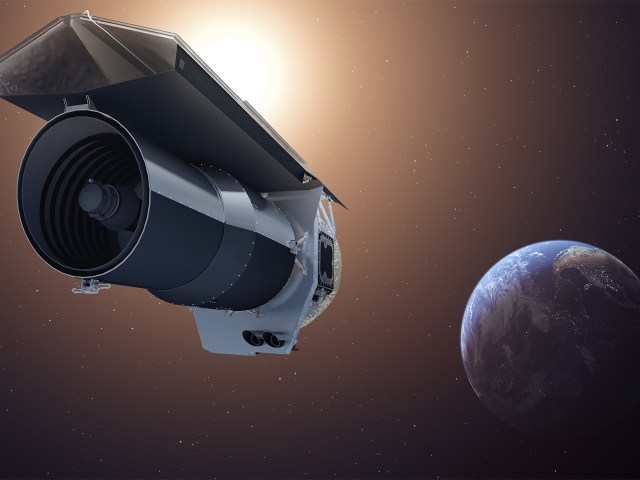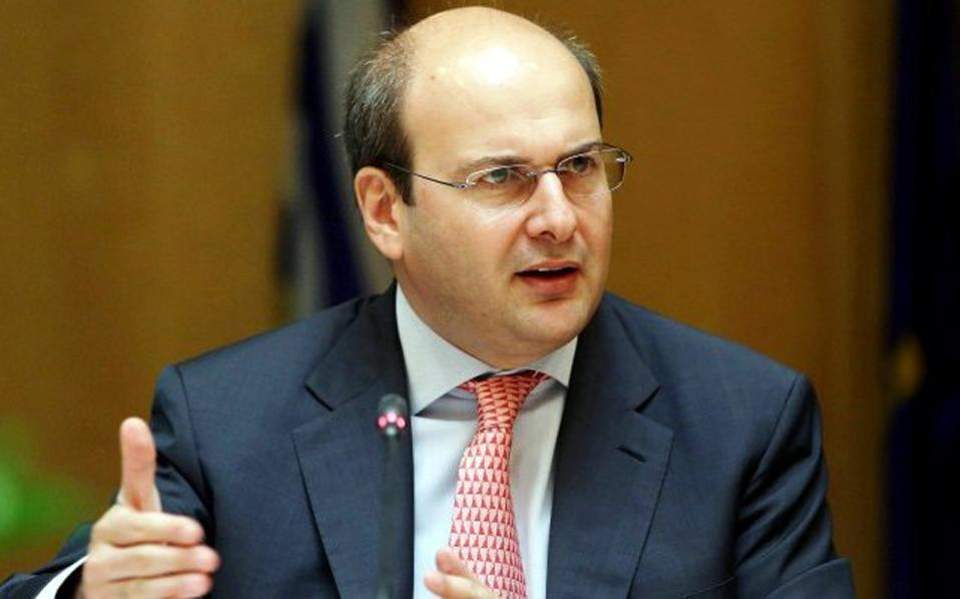SABIC Fujian Petrochemicals has recently awarded KBR a contract to license its phenol technology...
Thuy Linh, a 35-year-old woman from An Giang, has been living with thyroid cancer...
Spitzer’s Beyond phase has presented new engineering challenges for the spacecraft. As it travels...
In a press conference held in Tokyo, Admiral John Aquilino, the head of the...
In a shocking turn of events, 27-year-old French singer Kendji Girac, who won the...
The International Monetary Fund (IMF) and World Bank Group (WBG) held their Spring Meetings,...
According to a preliminary survey by S&P Global, Germany’s private sector unexpectedly returned to...
Renault, the French car manufacturer, showcased a Scenic electric vehicle (EV) at the Munich...
The Gladstone BraveBots robotics team recently returned home after participating in the World competition...
Lead can be found in all parts of the environment, including air, water, inside...









